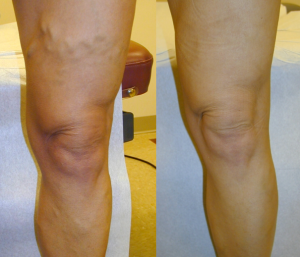The Importance of Receiving Annual Skin Checks
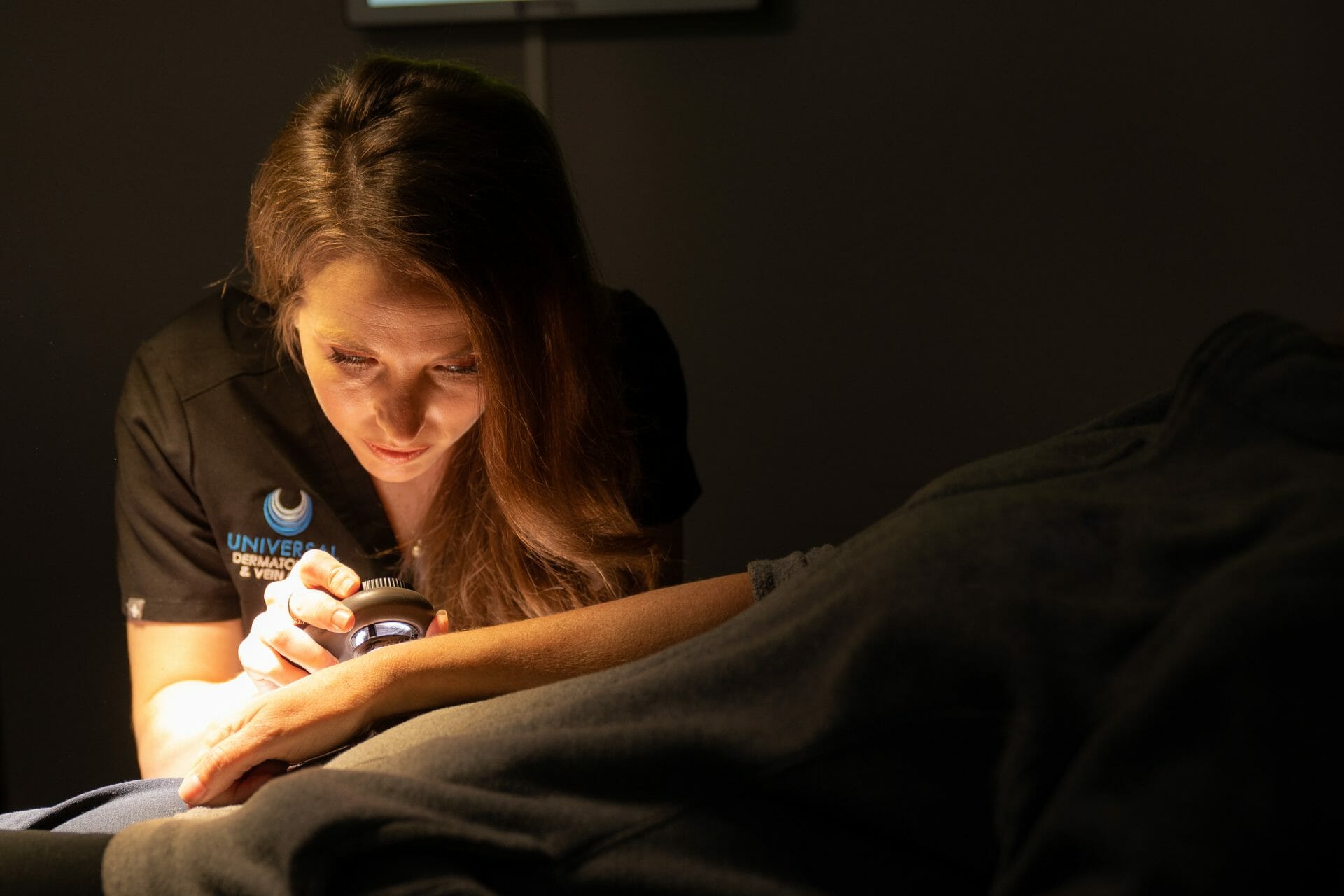 Many people undervalue the importance of skincare and skin checks. However, the fact remains that our skin is our first point of contact with the outside world and may require extra attention. Just as there are many layers of the skin, there are also many layers and levels of skincare. The first level of skincare is taking care of your skin from the inside out. This includes eating and drinking well, resting sufficiently, and exercising regularly.
Many people undervalue the importance of skincare and skin checks. However, the fact remains that our skin is our first point of contact with the outside world and may require extra attention. Just as there are many layers of the skin, there are also many layers and levels of skincare. The first level of skincare is taking care of your skin from the inside out. This includes eating and drinking well, resting sufficiently, and exercising regularly.
Skincare Inside and Out
In many ways, the old adage, “you are what you eat” is true. What you eat and drink will show up on your skin. Do your best to stay away from processed foods and sugary drinks. Drink lots of water, eat fruits, vegetables, lean meats, and exercise regularly.
In addition to taking care of your skin from the inside, there are lots of things you can do to take care of your skin on the outside. With the right topical care and necessary professional treatments, you will be able to have youthful, glowing, and healthy skin. The first step in good external skincare is, of course, scheduling an annual check with your dermatologist.
The Importance of Annual Skin Checks
A regular skin check is just as important as an annual physical. It is easy to take the condition of your skin for granted, especially because we are used to looking at it every day—its condition is our normal. However, there are many conditions that can go undetected. With an annual skin exam, you are able to take the necessary corrective and preventative steps for conditions like these.
For example, one in every five Americans will develop skin cancer in their lifetime (AAD). One of the reasons for this is the inability to identify early symptoms and warning signs. When detected early enough, skin cancer can be extremely treatable. Annual skin checks can make a huge difference in treating this condition effectively.
Taking Care of Your Skin Between Annual Skin Care Exams
Naturally, it is expected that you will continue to take care of your skin between annual checks. Here are two of the most important aspects of skincare that you should do daily.
Moisturizing
Moisturizing the skin regularly is an often overlooked part of skincare. However, it is one of the most recommended practices in dermatology. Keeping your skin properly moisturized can help guard against certain diseases and skin conditions, so it is always recommended—especially in the summer and winter months when the weather can be particularly harsh and drying for the skin.
Wearing Sunscreen
Sunscreen, like moisturizers, is another often ignored skincare habit. UV rays have been directly linked with skin cancer. As such, it is important that you protect yourself and your skin. A sunscreen with SPF 30 has been proven to effectively block out around 97% of the sun’s rays from harming the skin.
Get Professional Dermatology Care Today
It is easy to think of dermatologists as the doctors you turn to when something is wrong. However, you shouldn’t wait until there is a problem to schedule an appointment. Dermatological care is an important part of overall health. Therefore, whether you are noticing symptoms of certain conditions or seem to have clear skin, annual checks and skincare treatments by professionals is important.
Universal Dermatology & Vein Care can provide comprehensive dermatology care for your skin, hair, and nails. We have a friendly and experience team waiting to answer your questions and provide you with any treatment options you may need. Contact us today to schedule an annual skin check!
Lear MorePatch Testing for Contact Dermatitis

Allergic Contact Dermatitis
Allergic contact dermatitis is an immune response to an allergen. It can be itchy and can also make the skin dry, flaky, or scaly. However, the symptoms associated with this allergic reaction depend on your skin’s sensitivity. This substance may bring about other symptoms including oozing blisters, redness, leathery appearance, burning sensation, hives, sun sensitivity, and swelling.
Patch Testing and Why It’s Necessary
If you already know what you’re allergic to, that’s great! It will be much easier for you to avoid these chemicals and ingredients. However, if you came in contact with an allergen by accident, it is best to consult with a dermatologist to get the skin treatment you need. For those who suddenly develop patches of dermatitis due to unknown causes, patch testing is necessary.
Metals, leather, rubber, and cosmetics, for example, contain a number of chemicals that can cause allergic reactions. Through patch testing, you and your doctor will be able to identify the allergen. This will help your dermatologist determine which treatment is right for your skin and will be able to help you avoid the allergen in the future.
How Does Patch Testing Work?
An experienced dermatologist will perform the patch test. During the test, small amounts of certain substances are applied to your skin and secured with hypoallergenic tape. These are usually placed on the upper back to ensure they are not disturbed. You will need to come back after 48 hours to get the patches removed. At this time, your dermatologist will do a thorough examination of your skin’s reaction to the substances. Two additional days later, the specialist will examine the spots again to see if there is any delayed reaction.
Dermatologists have a standard set of substances they test on individuals with suspected Allergic Contact Dermatitis. This includes Balsam of Peru, benzocaine, lanolin or wool alcohols, rosin, rubber accelerators, quaternium-15, formaldehyde resin, formaldehyde, p-tert butylphenol, plants, paraben mix, paraphenylenediamine, nickel, neomycin, fragrances, imidazolidinyl urea, ethylenediamine, cobalt, epoxy resin, clioquinol, and chrome. This list includes additives in leather, ointments, clothes, and other items we come in contact with on a regular basis.
Please note that if your dermatologist suspects other allergens, more patches will be added for testing. This can include substances that you come in contact with in your workplace or substances contained in your specific makeup or creams. Bringing in samples of the products you use would also be useful to your doctor, especially if you suspect one of these products is causing the allergic reaction.
Test Results
Once the test results are in, your dermatologist will be able to give you details on what caused your recent allergic reaction. Your dermatologist will give you advice on how to avoid the substance you are allergic to. If the results reveal that you do not suffer from allergic contact dermatitis, you will be able to rule it out and your doctor can proceed with other tests to determine what is causing the skin irritation.
Irritant Contact Dermatitis
If an irritant caused the contact dermatitis, the symptoms are slightly different. This can include skin blistering and cracking because of extreme dryness, stiff or tight skin, swelling, ulcerations, and open sores. This form of contact dermatitis is caused by skin injuries due to environmental factors, chemicals, or friction. The severity of the condition can vary depending on the strength of the irritant, frequency or length of exposure, and skin susceptibility.
Solvents you have come in contact with including detergents, metalworking fluids, adhesives, acid, alkalis, friction, and water can also cause it. Sometimes, two or more of these irritants act together in irritating the skin.
Anyone can experience irritant contact dermatitis if they come into contact with an irritant. However, those who suffer from atopy (a predisposition to allergic reactions) are more susceptible to the condition.
Testing for Irritant Contact Dermatitis
Because this condition can coexist with allergic contact dermatitis, your dermatologist may decide to perform the test to rule this out. The rash typically heals on its own as long as you avoid exposure to the irritant, but special treatment is available if needed. Be sure to contact your dermatologist to get the right treatment for the condition.
If it’s necessary that you handle the irritant again, make sure to cover up and protect your skin. However, try to avoid them altogether if possible.
Patch testing is important to prevent and treat redness, irritation, and itching caused by contact with an allergen or irritant. If you think you may be experiencing contact dermatitis or would like to prevent it, contact us today.
Lear MorePreventing Dry Skin in the Winter
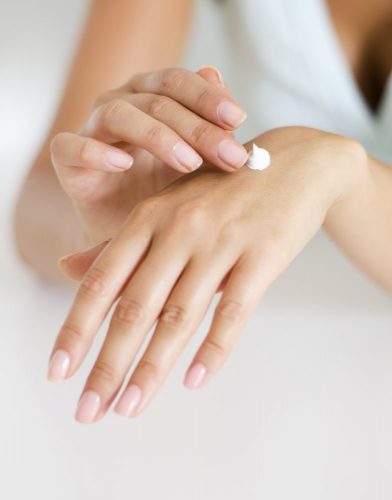
Use a Humidifier
One of the main reasons skin dries out in the winter is the lack of humidity in the air. It is best to use a humidifier in your house and work environment. If you have to choose one place, our advice would be the bedroom. Here, your skin will be exposed to moisture in the air throughout the night and keep it fresh for the day ahead.
Change Your Shower Routine
Some people take warmer and longer showers during the winter months. While this is great for defrosting cold toes, the steam will dilate pores and allow extra water to evaporate from your skin. Warm water also strips natural oils away. If you have to use warm water when you bathe, try to shorten your time in the shower. Drying appropriately is also important to keep your skin healthy. You should not rub your body because the towel is abrasive against the skin and may cause irritation, as well as dry skin to flake off and patches to spread. Instead, try gently patting away the water.
Stay Hydrated
Although you should always drink plenty of water throughout the day, it is particularly important during the winter months. You should drink 8-10 glasses of water per day. This will help to keep moisture in your skin. This is especially helpful if you frequently consume alcohol and coffee, which are diuretics and dehydrate you.
Protect Your Skin from the Outside Elements
When you must go outside, it is essential to protect your skin. You should cover any exposed areas with a scarf, gloves, and a hat. On a windy day, your skin may become dry and red from exposure. Also, winter may be a dark season, but the sun still shines brightly on certain days. It is necessary to wear a moisturizing sunscreen that will keep your skin protected from the sun as well.
Remove Makeup Carefully
The way you remove your makeup at the end of the night can dry out your skin. Many women use convenient cosmetic remover wipes, but, most of these products contain alcohol or similar ingredients that can be extremely drying. A better alternative is cold cream (an emulsion of water and oil). This item has been around since the second-century but still has a lot of great qualities. It will add moisture to your skin while effectively removing makeup.
Choose the Perfect Moisturizer
If you enter any store, you probably are bombarded with hundreds of moisturizing products. It is important to know how to choose a product that works for your specific skin type.
You may wonder whether to use a lotion, ointment, or cream. The difference is the amount of water that each contains. Most lotions are comprised of a high volume of water when compared to the other ointments and creams. This means that if you have extremely dry skin, a cream or ointment is a smarter option. As you read the ingredient labels, look for a product that contains humectants. These draw moisture from the inner layer of your skin to the other layers. A common humectant is a glycerin. Another helpful ingredient is an occlusive agent (Lanolin, mineral oil, or paraffin). These will create a barrier to your skin that seals in moisture and adds a protective wall.
Be sure to apply moisturizer after showering (and drying off correctly). You should also have a bottle of hand cream available at home and at work. This is especially important if you frequently wash your hands throughout the day.
Visit a Trusted Dermatologist
The best way to care for your skin during cold weather is to visit a dermatologist. An experienced doctor can offer more preventative tips that will keep your skin from drying out. They will also be able to provide recommendations based on your specific skin condition and type.
At Universal Dermatology & Vein Care, we are dedicated to finding a treatment that targets each patient’s individual needs. Whether you are having trouble with acne, varicose veins, or dry skin, you will benefit from our services. To learn more or to schedule an appointment, contact us today.
Lear MoreVein Treatment And Removal In Columbus, Ohio
Who We Are And What We Do:
The appearance of one’s skin, hair and nails is a key factor in helping us to put our best foot forward in the world. In addition to being an overall indicator of good health, glowing, youthful, even-toned skin is attractive. Here at Universal Dermatology and Vein Care, we cater to all your dermatological and vascular needs. We use the latest technology to offer the best in dermatology care and vein treatment, including offering up all the health tips and dermatology tips needed to help all our patients of all ages maintain the good health of their skin and veins.
Skin, Hair, Nails, Veins And Your General Health Care Routine:
Every aspect of our overall health care regime is important to the health of the more seemingly cosmetic elements of our person. Healthy skin, hair, nails and veins go far beyond merely rubbing on a few brand name creams and doing cosmetic surgeries. Instead, our diet, level of physical activity and overall attention paid to general well-being and health care all play a vital role. It is therefore important that we eat well – getting the required amount of water, vegetables, fruits, proteins and nutrients on a daily basis — and participate in moderate exercise adding up to 30 minutes or more daily.
Vein Treatment And Removal In Columbus, Ohio:
With an estimated 30-40% of American adults suffering from some form of vein disorder, vein treatment and/or removal is that much more important. While some disorders are cosmetic — as is the case in some types of varicose and spider veins, others can be quite serious. Being able to tell the difference between the two may come down to recognizing certain symptoms. Symptoms such as restless legs, heaviness in the legs, swelling and leg pain may all be indications of a more serious condition.
Whatever the nature of your condition, whether serious or cosmetic, we have a treatment for it here at Universal Dermatology and Vein Care. We offer medical, surgical and cosmetic treatments for a variety of conditions including venous insufficiency, spider veins, and varicose veins. If you live and work in and around the Columbus Ohio area, contact us today for a complete assessment of your condition and a breakdown of the requisite treatment.
Lear More
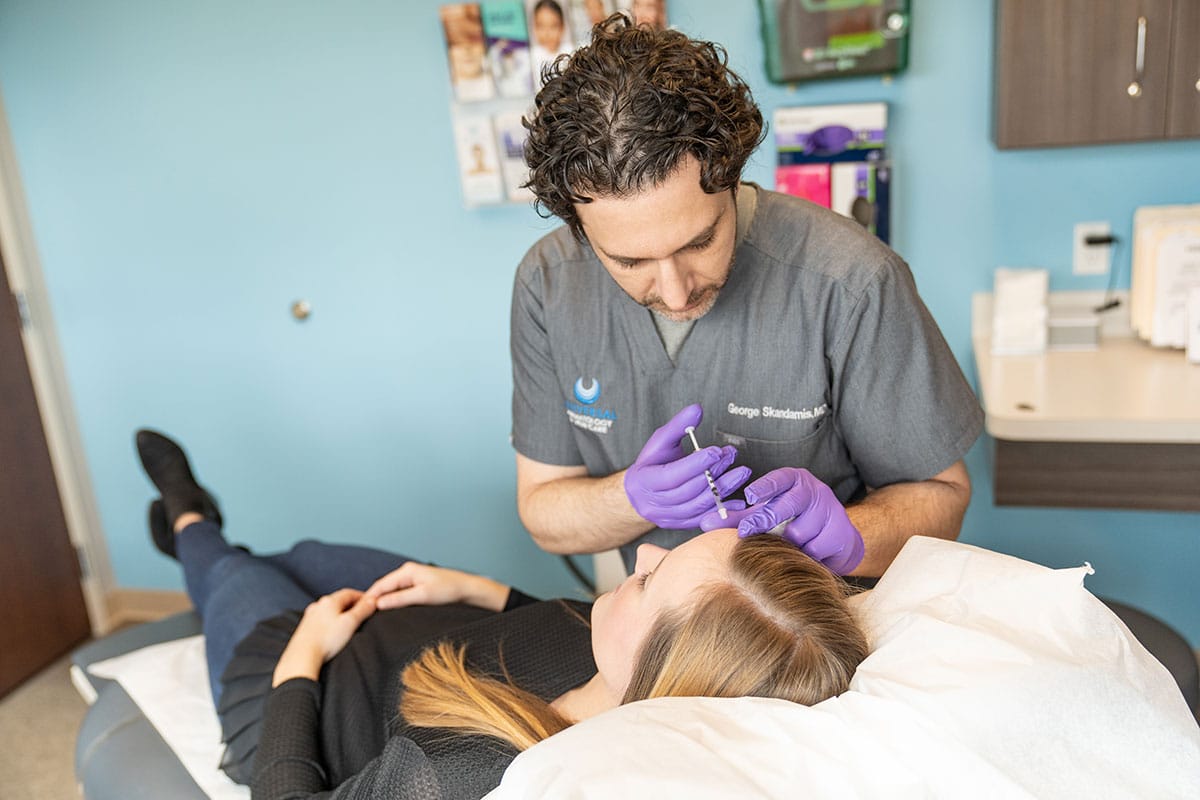 Our Dermatologists
Our Dermatologists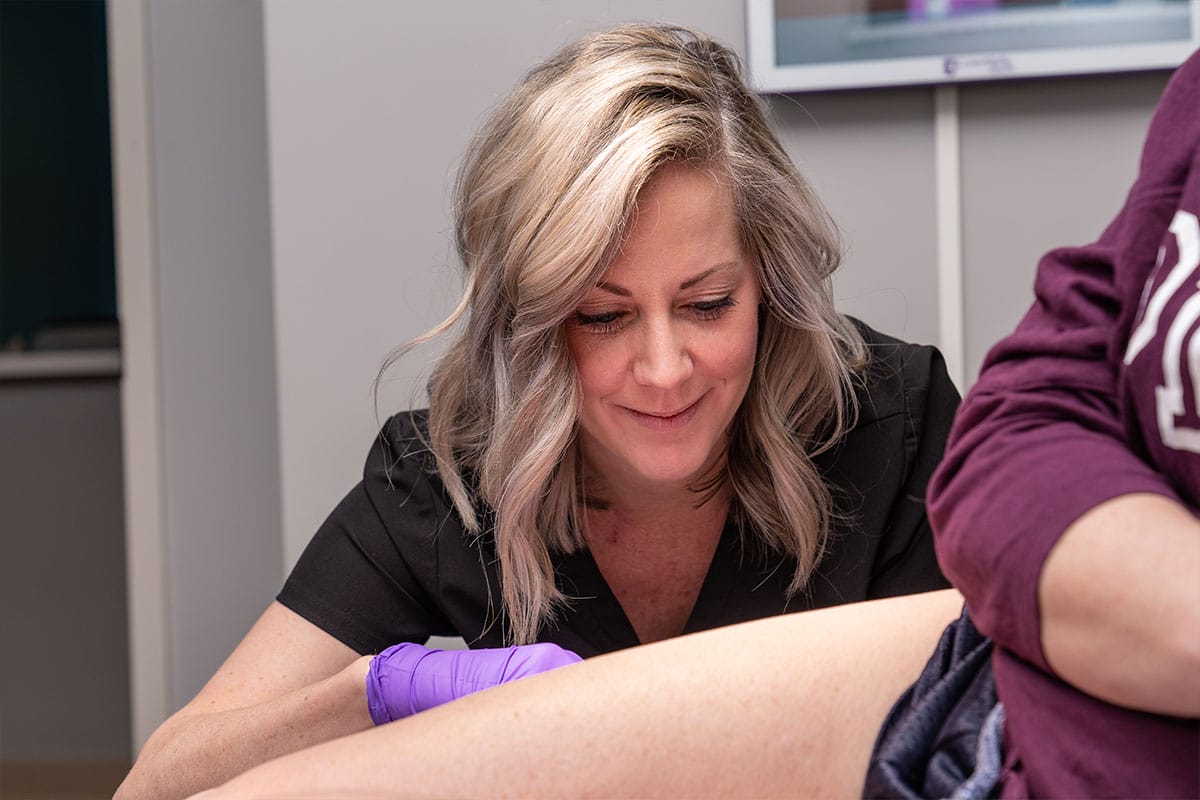 Our Providers
Our Providers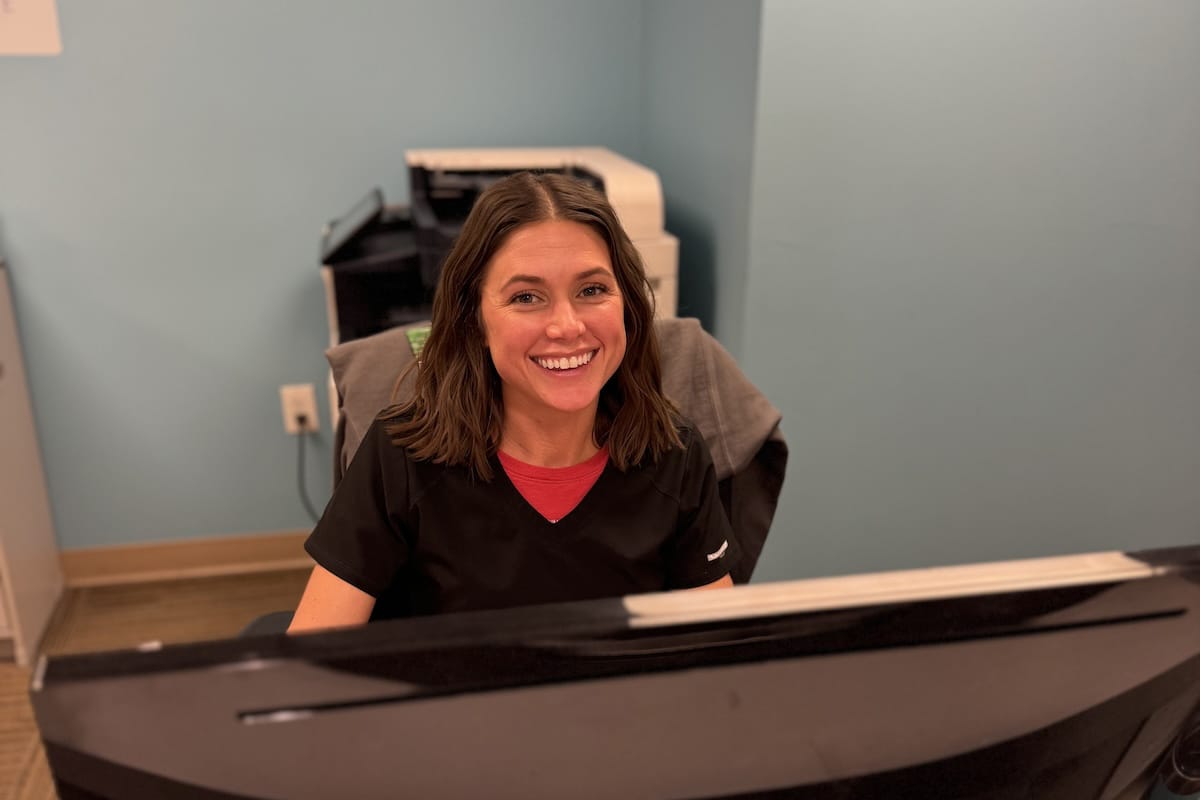 Our Staff
Our Staff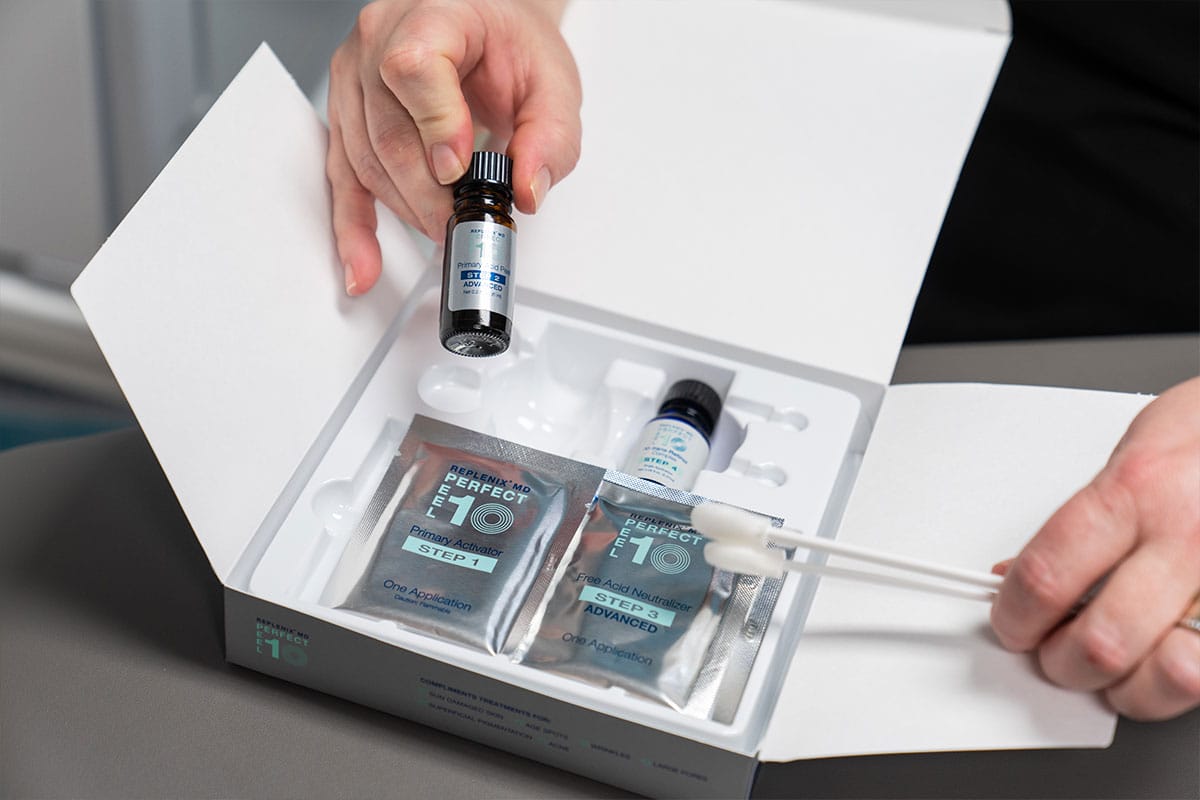 Specials
Specials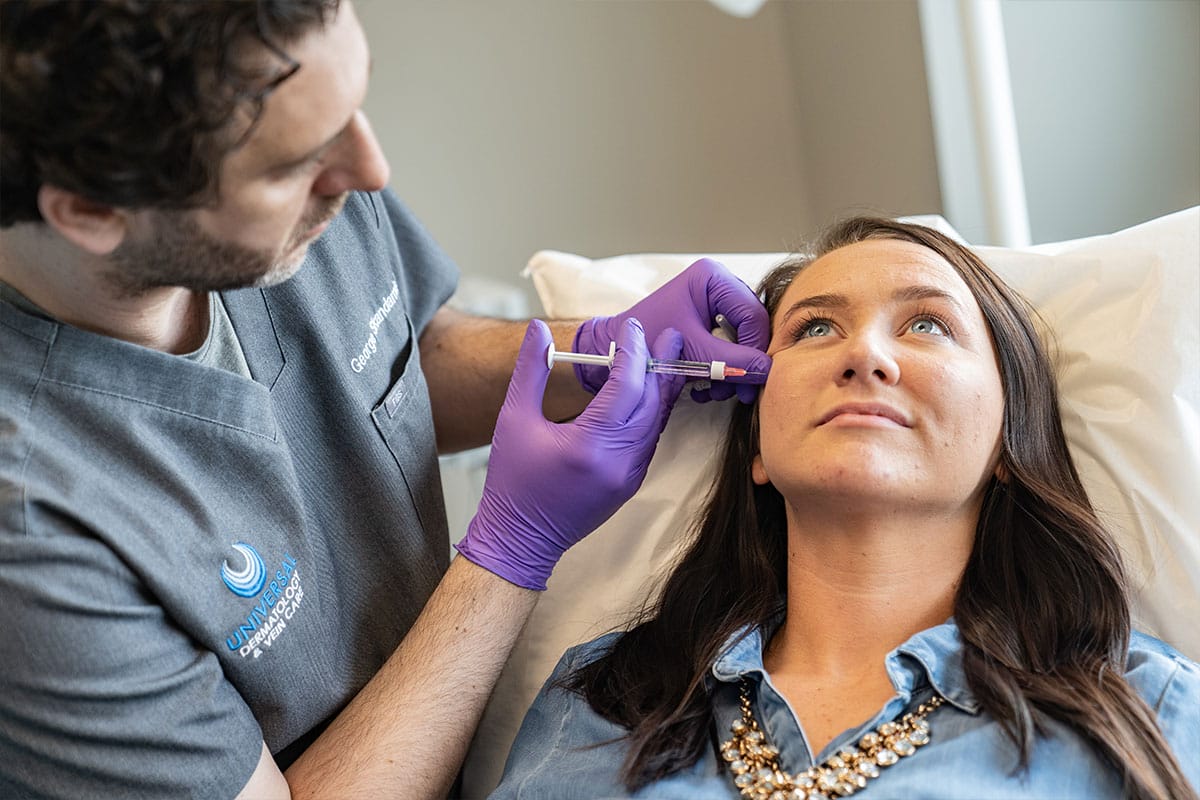 Financing
Financing Pay Bill Online
Pay Bill Online